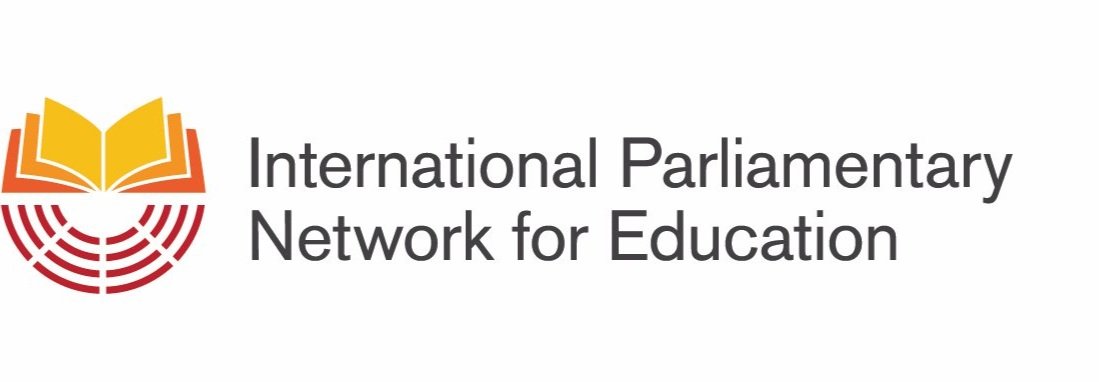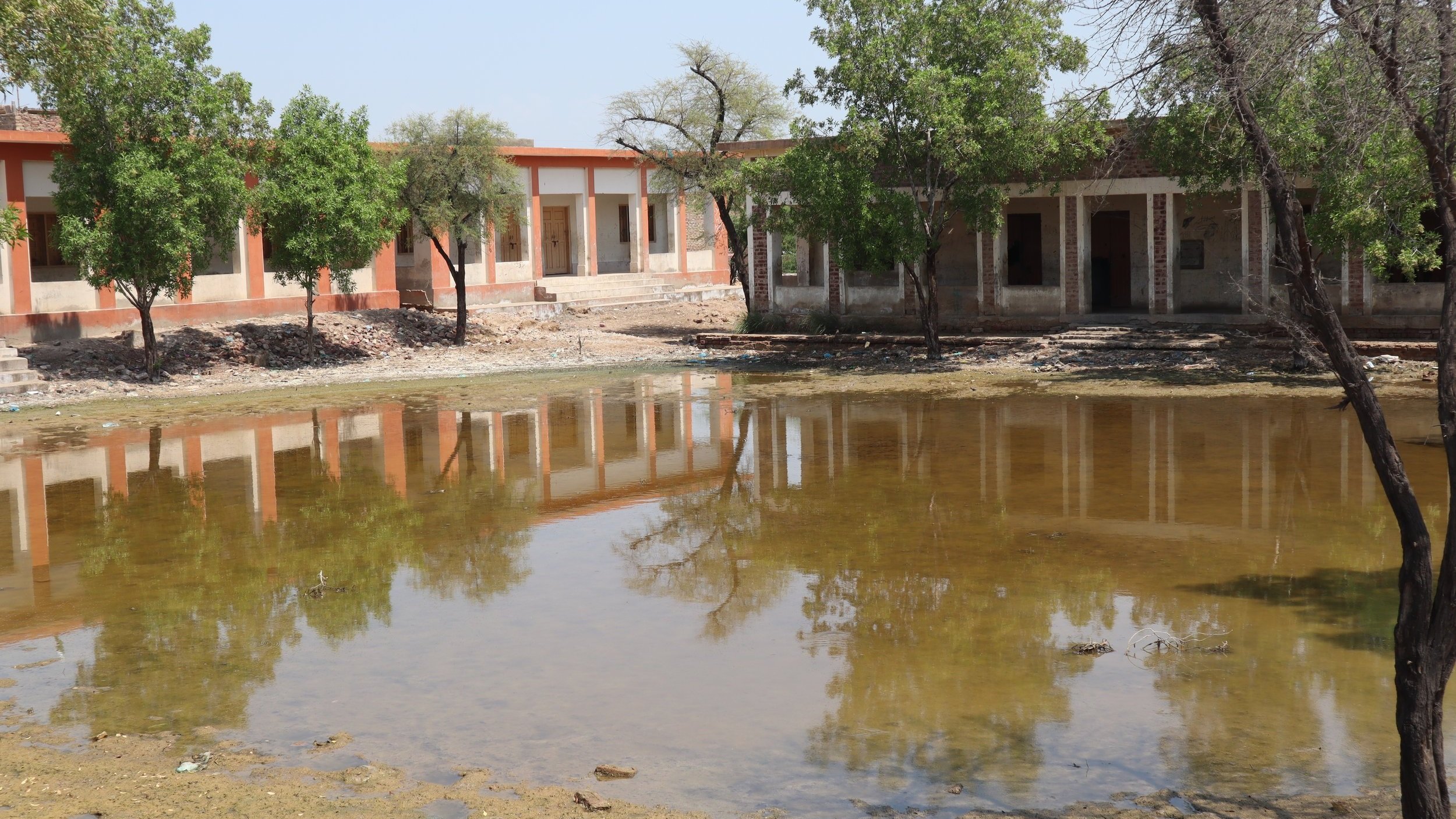Climate crisis threatens educational progress
By Hollie Warren, Head of Education Policy & Advocacy at Save the Children UK.
78 million children have their education disrupted each year – more often than not due to environmental threats.
Childhood exposure to climate shocks, such as droughts and floods, has a significant impact on access to education and learning progress.
Investing in education is necessary to mitigate the risks caused by the climate crisis.
Education Cannot Wait is a key part of the solution.
It is therefore essential that ECW achieve their funding target of $1.5 billion for their 2023 – 2026 strategy.
A third of Pakistan is currently under water. 16 million children in the Horn of Africa need food as a result of drought. This summer Europe experienced unprecedented heat waves. The frequency and severity of life threatening climate events can leave us in no doubt of the devastating impact of global warming.
The changing climate is threatening children’s right to safe, quality and inclusive education. We know this from the evidence and it’s what children themselves are telling us.
Worldwide, more than a half-billion children live in areas with an extremely high flood rate, and 160 million live in high or extremely high drought severity zones. Longitudinal research has confirmed that childhood exposure to climate shocks, such as droughts and floods, has a stark impact on access to education and learning progress.
Save the Children carried out a dialogue with 54,000 children from 41 countries on issues of climate change and inequality. Our consultation found that 41% of children think that climate change is making their access to education worse, and 73% of those surveyed said they believed adults should be doing more.
How climate change threatens education
78 million children have their education disrupted each year – of which around half are due to environmental threats such as floods and drought. These are overwhelmingly the most vulnerable countries, reeling from the impact of the COVID pandemic, conflict and poverty.
Climate-induced displacement is expected to rise dramatically over the next few years, increasing the risk of school dropout. In her speech to the COP27 Summit in Egypt, the Prime Minister of Barbados Mia Mottley provided a damning account of the global threats to the world – but especially the poor - caused by climate change, including a prediction that there will be over 1 billion climate refugees by 2050.
Save the Children’s 2022 Risks to Education Index found that four countries – Afghanistan, Sudan, Somalia and Mali – were at ‘extreme’ risk of collapse, due to the impact of COVID-19, climate change and displacement.
Humanitarian assistance is struggling to keep up with growing need
Investing in education strengthens the resilience of education systems to respond to climate shocks and is also an essential part of the solution to tackling the climate crisis.
However a lack of financing is one of the greatest challenges facing global education. In 2021, humanitarian funding for education in emergencies reached a record level of $807 million. But with needs growing even more quickly due to conflict, climate and the pandemic, this was insufficient to provide education to million of crisis affected children. Across UN-led humanitarian appeals, the education sector was just 22% funded in 2021 – half of what it was in 2018.
Education Cannot Wait is key part of solving the climate puzzle
Education Cannot Wait (ECW), the United Nations global fund for education in emergencies and protracted crises, was established in 20016 at the World Humanitarian Summit as a demonstration of the growing commitment to protecting education for children caught up in crises.
Since then it has reached almost 7 million children in some of the toughest and most complex crises across 40 countries.
It plans to do much more, including reaching a further 20 million children affected by conflict, natural disasters and displacement between 2023 and 2026.
Central to this ambition is a commitment to tackle the impact of climate shocks on education.
In its new strategic plan which was launched at the Transforming Education Summit in September, ECW recognises the critical impact that a warming world will have on education.
ECW’s response to the climate crisis will cut across all its work, from advocacy on the revised Comprehensive School Safety Framework 2022 – 2030, to country-level programmes that are more climate-responsive.
But reaching 20 million more children and delivering its ambitions to play a bigger part in responding to the growing threat to education posed by climate change will require more funding.
It is therefore essential that ECW achieve their funding target of $1.5 billion to fully fund its new 2023 – 2026 strategy.
Investing in education is necessary in order to both mitigate and adapt to the very real risks caused by the climate crisis. Warm words and good intentions are not enough if the world is serious about sustainable development for the future of both people and planet.
Ensuring Education Cannot Wait is fully funded so it can play its part in protecting children’s right to education on a warming planet is a critical test.
Find out more about IPNEd’s work on the ECW replenishment here.


